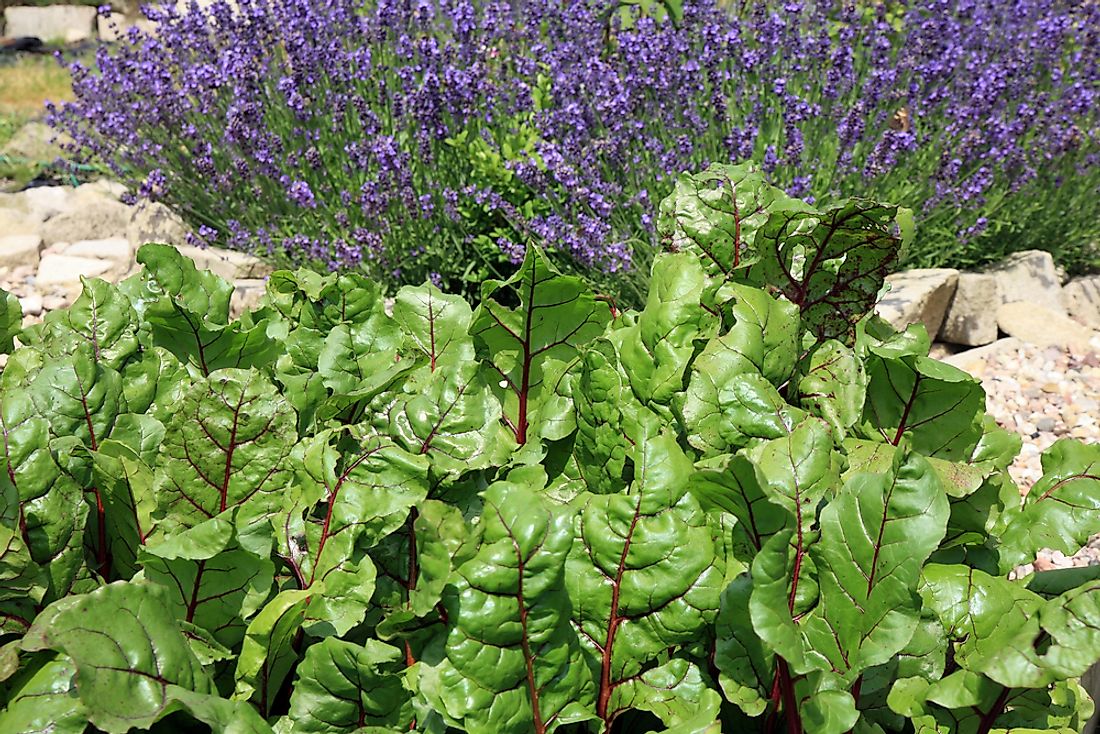What is Intercropping?

Farming is the main economic activity in most communities around the world. Almost all of the world’s population depends on agriculture for survival. Agriculture involves the art and science of rearing animals and growing crops. For maximum yields, farmers across the world have been challenged to adopt the best farming practices and technology. Since most farmers are smallholders, they do not have enough space or technological capacity to improve their yields. However, certain agricultural practices do not acquire large tracts of land to improve yield. One of the widely practiced methods of farming that has proved be more productive is intercropping.
Definition
Intercropping is a farming method that involves planting or growing more than one crop at the same time and on the same piece of land. It means having more than one type of crop growing in the same space at the same time. The rationale behind this farming practice is that different crops planted are not likely to share insects and disease-causing agents while the goal is to produce even greater yield than would be if space was utilized by one crop. However, the careless congregation of plants is not considered as intercropping.
Types of Intercropping
While intercropping involves the planting of more than one crop on the same piece of land at the same time, there are different methods of maximizing yield from this type of farming. Row intercropping involves planting more than one crop simultaneously, with at least one of the crops planted in a row. Strip intercropping is a more industrialized version of row planting and involves the planting of different crops in alternate strips, with rows big enough to allow for harvesting with machinery.
Mixed intercropping involves growing more than one crop simultaneously without any distinct row arrangement. Plants are bunched together naturally but in an orderly manner. Relay intercropping involves the planting of more than one crop on the same piece of land with the planting of the second crop after the first crop has flowered or completed its development or just before harvesting the first crop.
Benefits of Intercropping
Apart from improved yield, there are other reasons why intercropping is practiced. It helps to suppress weeds since the crops take up much space that would have allowed the weeds to grow. Some weeds also find it difficult to grow alongside some crops. Growing two crops alongside each other can be of great benefit, especially if their interactions increase the fitness of one or both plants. For instance, plants that are likely to tip over in wind may gain structural support from their companions. Some plants may also provide shade to the light-sensitive plants.
Crop diversity has proved to be one of the ways of improving pest management by reducing homogeneity of the crop. Pests can be controlled through intercropping by trap cropping, repellant intercropping, or push-pull cropping. Trap cropping involves planting a crop that is more attractive to pest compared to the production crop. Repellant intercropping involves growing crops with certain repellant effect while push-pull cropping is a mix of trap and repellant cropping. Crops flowering at different times keep important insect around instead of seeing them off.







